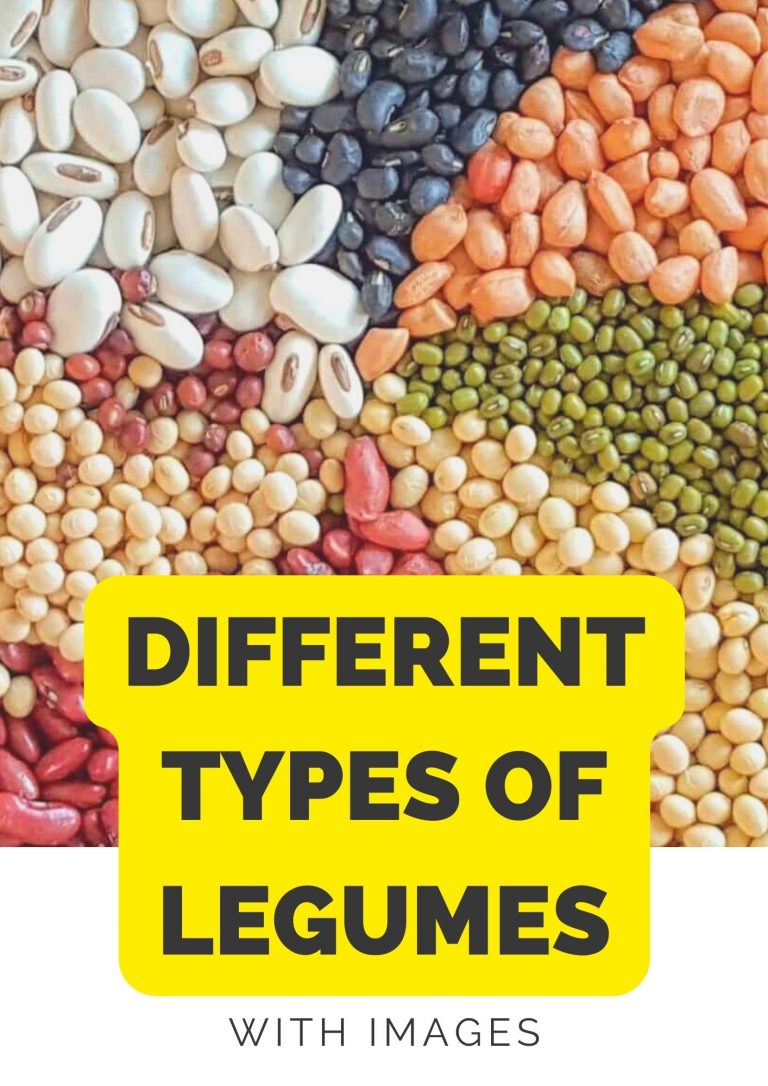15 Different Types of Plums with Images

A plum is a fruit closely related to peaches and cherries. The plum fruit has a wax coating known as “wax bloom” that gives them the color between blue and yellow hue, depending on the variety.
Plums generally came from the genus Prunus of the Rosaceae family. If you are looking for fruits that have been mostly domesticated by humans, plums are one of them. Different varieties have different origins like the ones came from eastern Europe and Caucasian mountains, while the others originated from China.
Are Plums Healthy?
Sugar plums may sound like a fruit to you, but they are actually a piece of hardened candy made from sugar and does not necessarily mean the plum fruit. So don’t be confused about the health benefits of eating the real plum fruit versus the sugar plums.
Raw plums contain about 12% of the recommended daily allowance of vitamin C and it is made up of 87% water. Fresh plum fruits are often dried and the dried products are called prunes. Prunes contain vitamins, minerals, fiber and antioxidants that help in aiding many chronic diseases, like cancer, osteoporosis, heart diseases and diabetes.
What are the 15 Types of Plums
There are numerous types of plums that aren’t found in the wild, rather they are being cultivated around human settlements. That’s why several types could be familiar to other people. Plums may taste sweet and juicy flesh, while the skin may be tart-like in flavor. Most of the plums can be eaten raw and fresh, while some are best made into prunes.
There are actually wines that are fermented from the plum juice. Central England is able to produce made from plums called plum jerkum. It is like a cider and alcoholic drink.
On the other hand, dried plums or prunes taste like grapes or raisins which is sweet in general. Unripe plums can be compared to citrus fruits that taste sour. Let us now dive in and know more about the different types of plums or plum varieties as you read further.
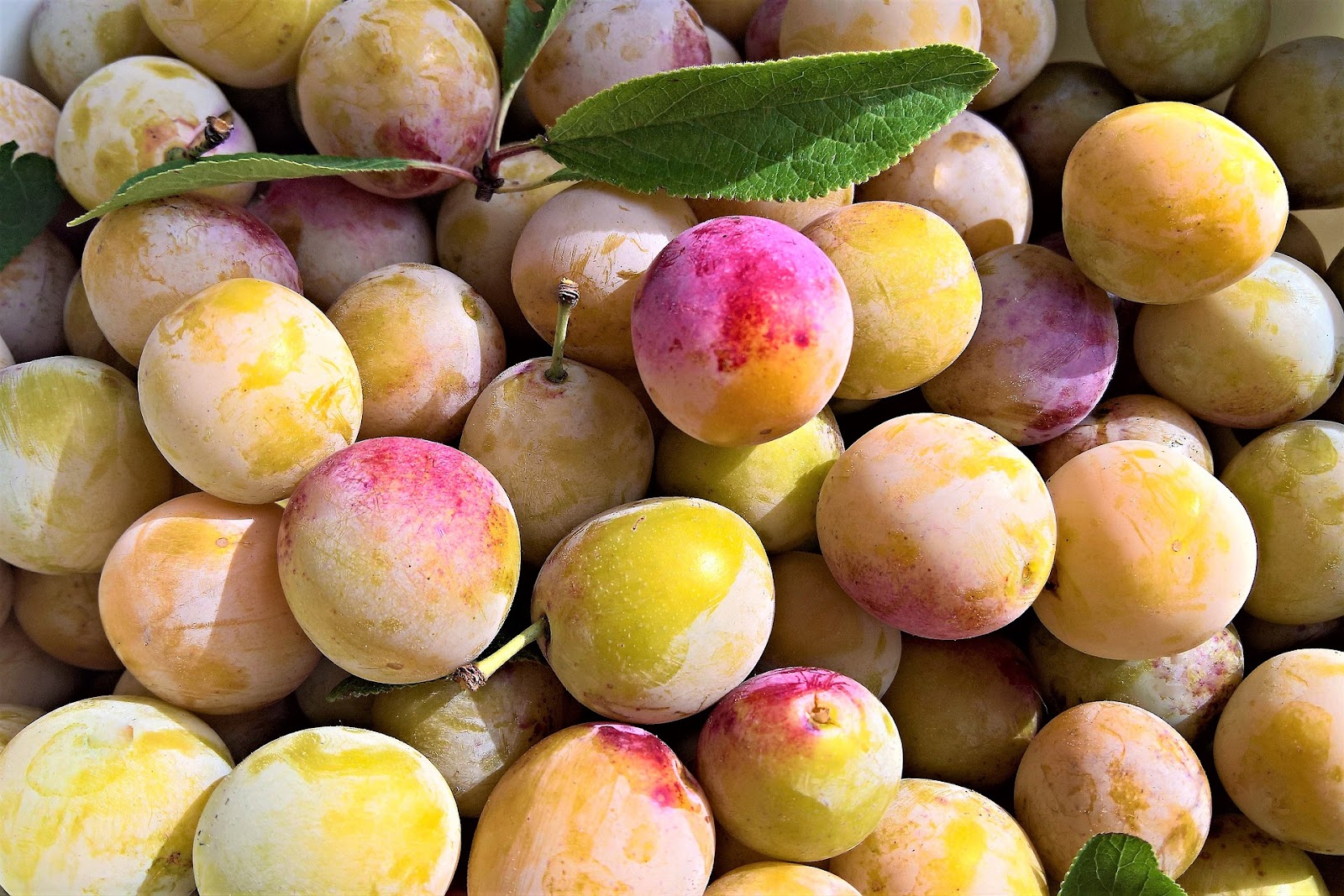
1. Mirabelle Plums
Also known as cherry plume or mirabelle prune, the mirabelle plums came from a wild fruit that was cultivated and grown in Anatolia from the family of European plums. But this plum fruit variety is actually banned in the United States due to some law restrictions of import in Lorraine, France where it is being grown.
The mirabelle plums actually tastes really sweet and incites a tasty yet mellow flavor. The mirabelle fruit that’s being harvested on its plum trees are being used in fruit preserves and desserts, such as pies. While the juice can be fermented into wine wine or distilled into plum brandy. This plum is also best eaten fresh and raw.
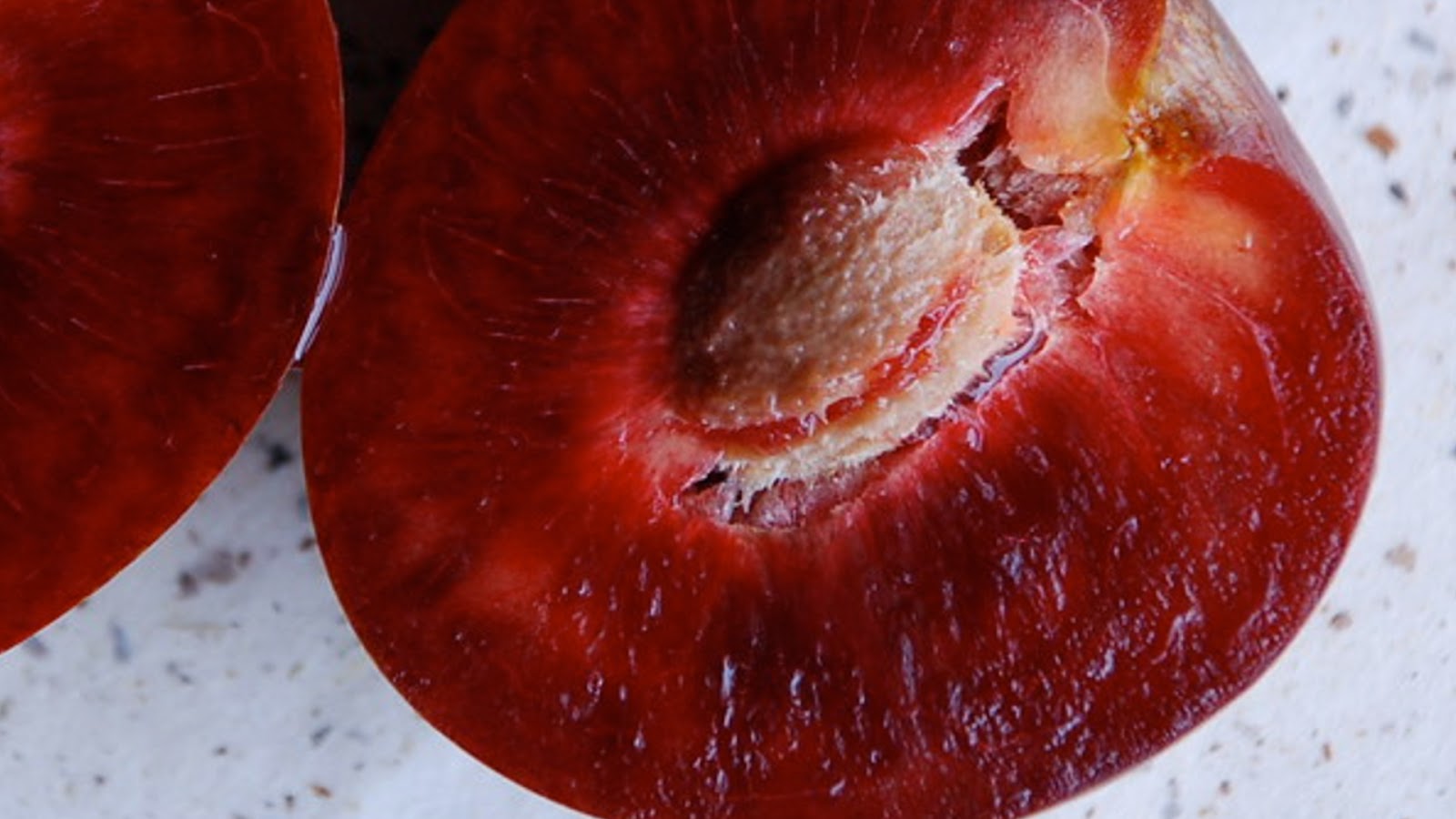
2. Elephant Heart Plum
The elephant heart plum lives on its name as it has a heart-shaped fruit with seed stones where flesh doesn’t cling. It is also juicy and you can see its deep red flesh upon opening the plum fruit. Elephant heart plums will produce the best harvest if they are cross-pollinated with other types such as Santa Rosa or Beauty plums.
This plum variety produces a tart, sweet, and floral plum fruit flavor. It can be eaten raw but it can also be incorporated into some desserts like plum cornmeal cake.
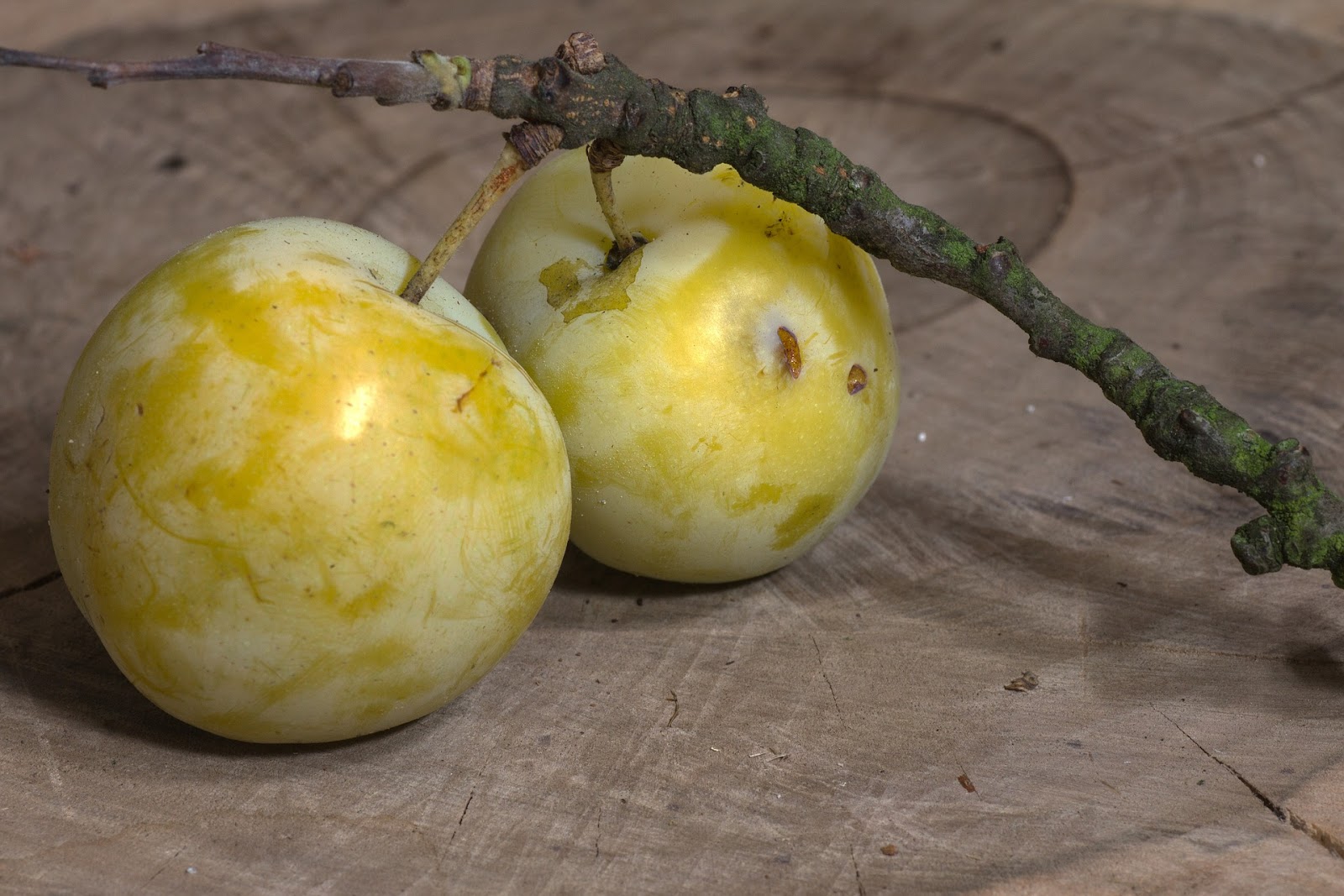
3. Greengage Plum
Greengage plums are part of the common European plums. Greengage plum or greengages are produced by the green fruited plum trees. They thrive well on areas with mild temperatures. The greengage plum fruits produce rich and confectionery flavor.
This type of plum is well known for different desserts. Greengage plums are also good for preserving as they contain high levels of pectin. Aside from jams and other confectioneries, greengage plums can also be incorporated in different dishes, such as sashimi or soused fish.
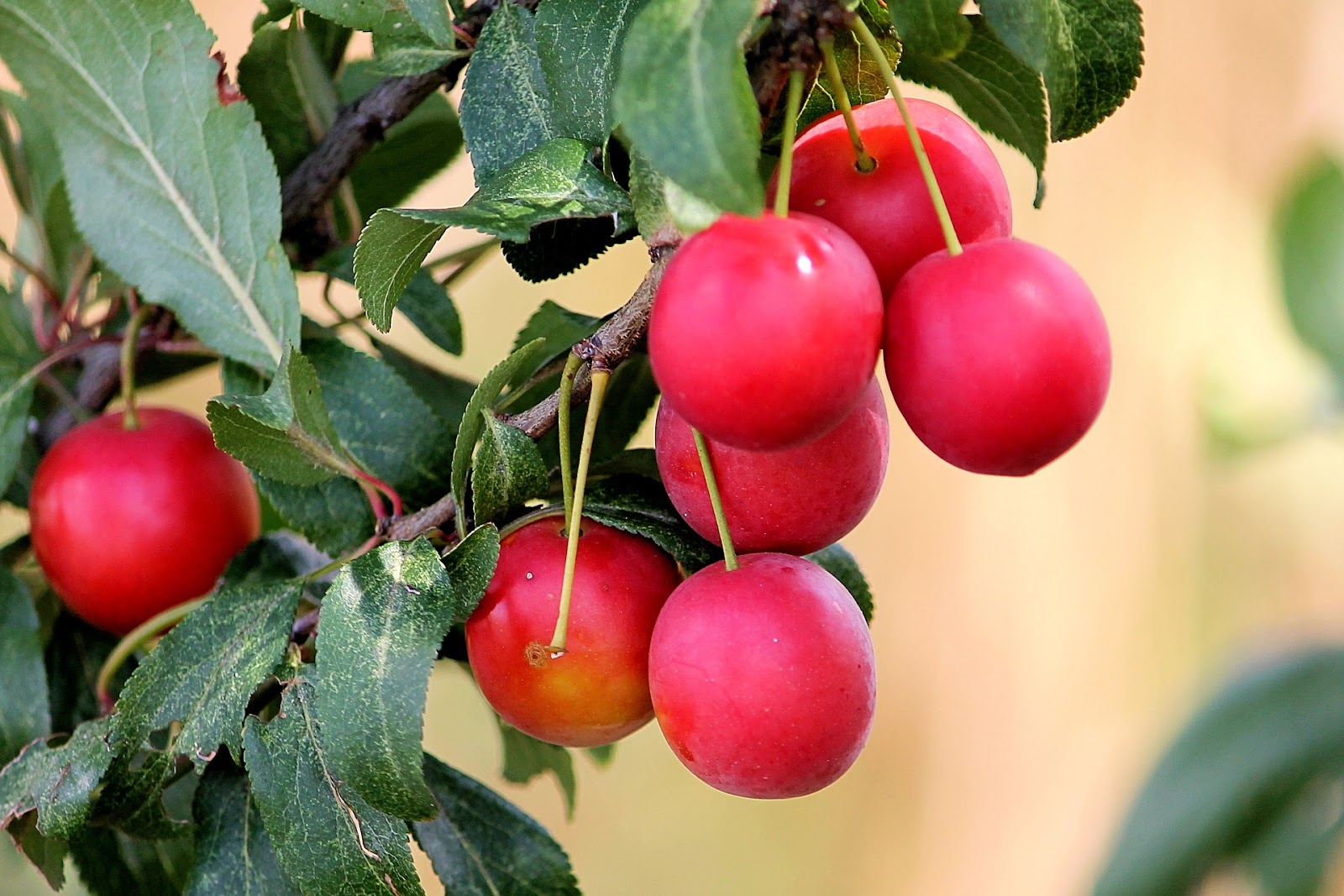
4. Cherry Plums
Cherry plum is scientifically known as prunus cerasifera. They are native to Southeast Europe and Western Asia and can be called myrobalan plum. They have been established in the British Isles, as well as some parts of North America.
Cherry plums have juicy flesh with soft texture. They are also known for their bright and bold taste. The cherry plums also have a tarty flavor that balances the acidic sweetness it produces. The nutrients that you will get on eating cherry plums are good for the body’s nervous system and metabolism.
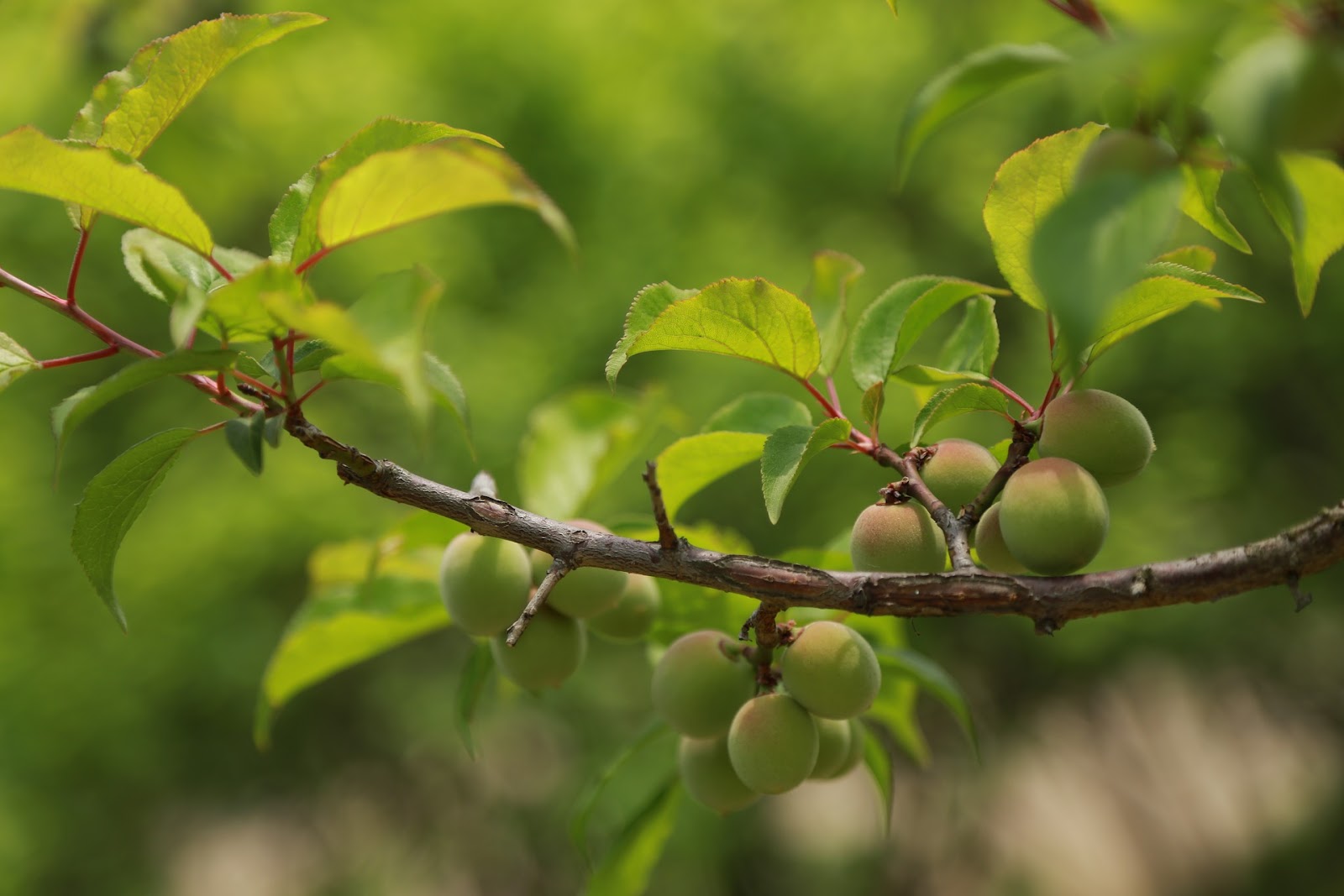
5. Japanese Plums
Prunus salicina or also known as Chinese plums, Japanese plums are produced by small sun-loving deciduous trees found in the farms of Japan, Korea, Vietnam, USA, and Australia. But these round and smooth to wrinkled fruits are actually native in China.
In Japan, they are known as umeboshi that has a salty, and extremely sour flavor due to its high citric acid content. If you can find other varieties of the japanese plums, they are sweet and juicy.
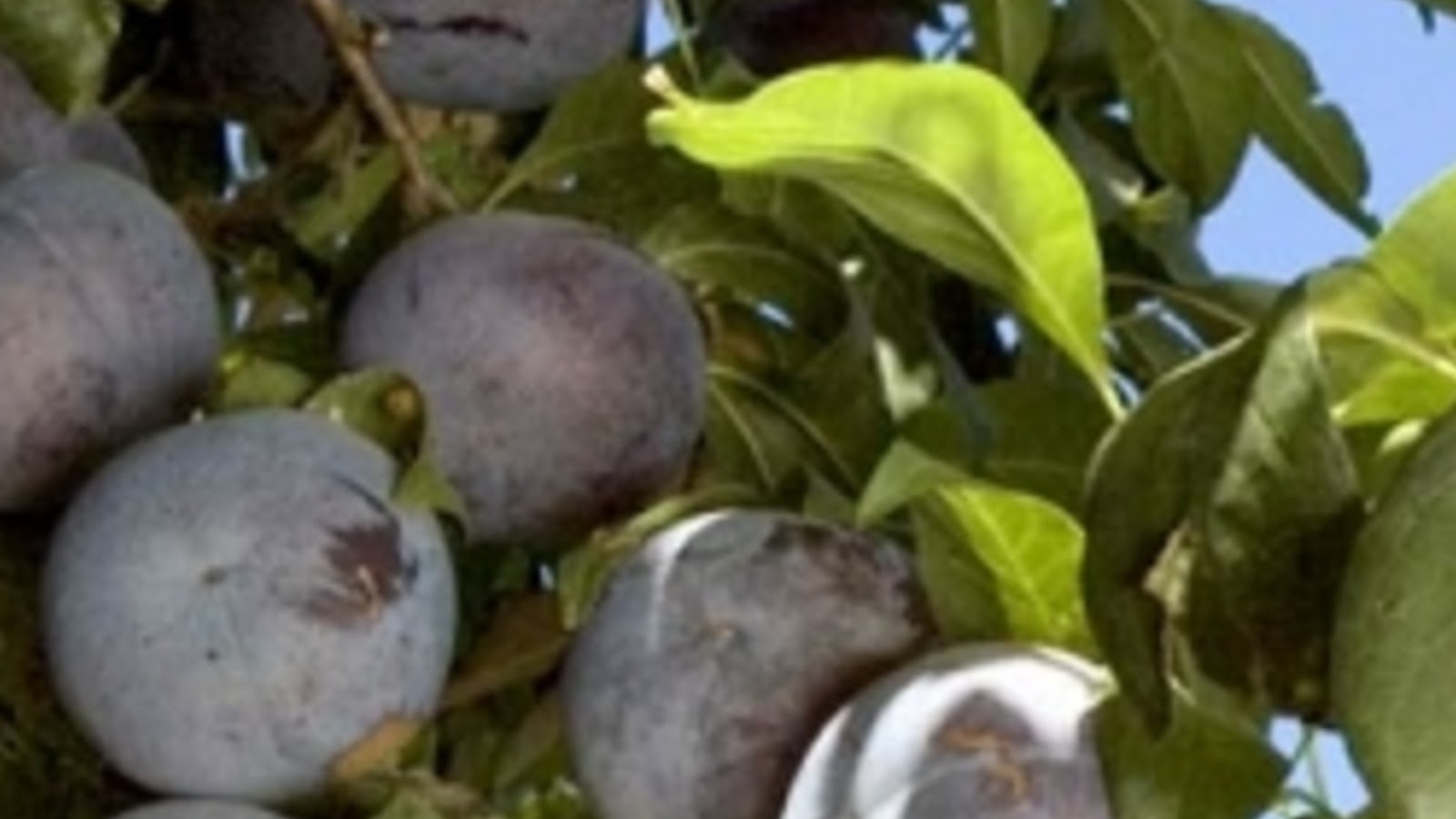
6. Friar Plums
Friar plums are large fruits that are comparable to a black-skinned apricot. The flesh has a firm and meaty texture with honey color. It is a free-stone fruit as the flesh could easily separate from the pit. It has a mildly sweet flavor that is contrasted with the tart and rich in tannin skin.
Friar plums are also rich in copper, vitamin K , vitamin C, dietary fibers, and potassium. If your blood sugar is high, don’t worry about eating this fruit as it contains low glycemic index value, which actually helps in regulating blood sugar levels in the body.
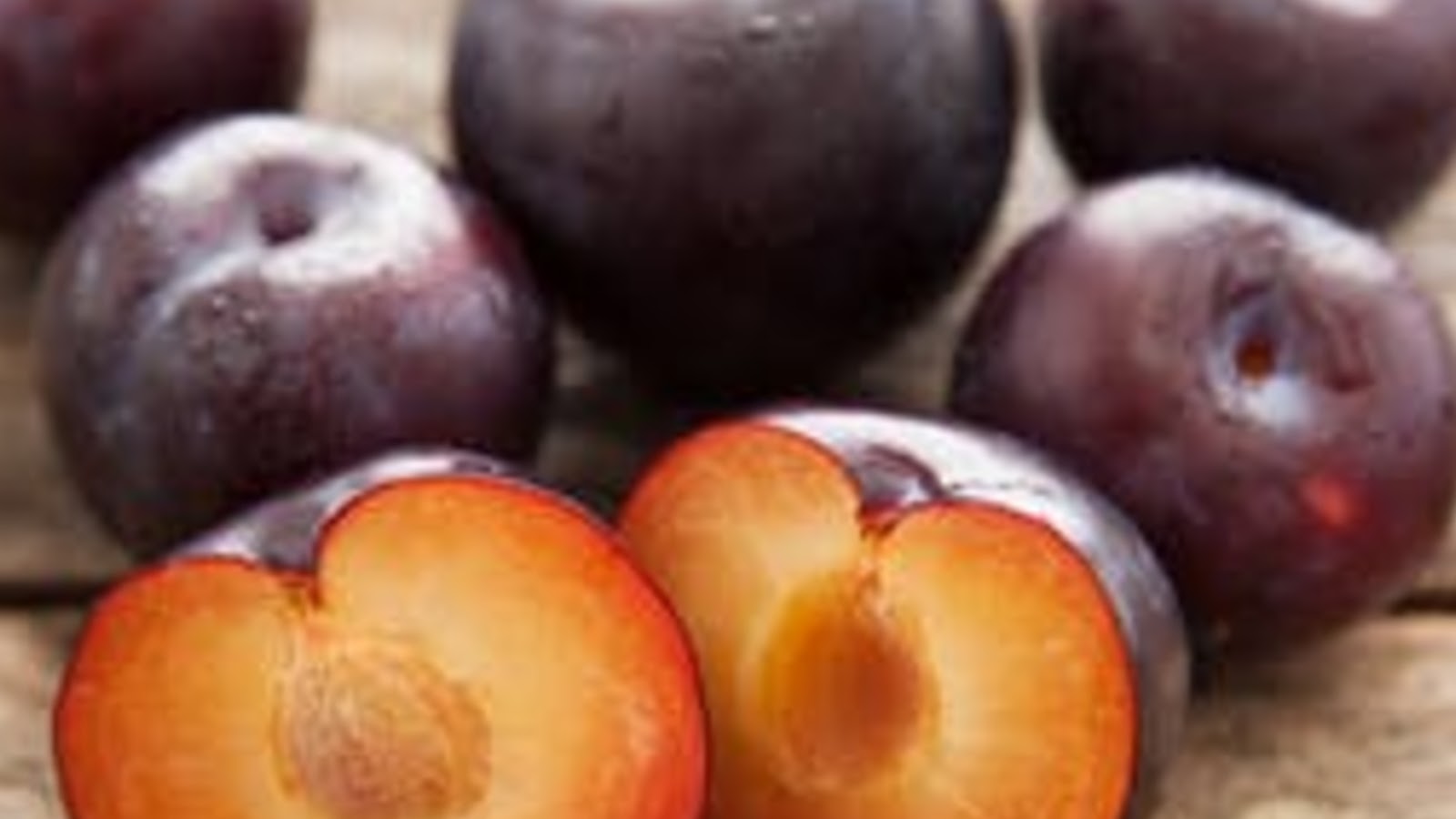
7. El Dorado Plums
The eldorado varieties, from the european plums family, have dark skin and an amber flesh when opened. The flesh is also firm in texture and has a sweet flavor. While the skin might provide a sour taste.
El dorado is very usable in menus that need cooking as the firm flesh texture can hold up to heat. However, you can’t go wrong eating the el dorado plums fresh and raw, as the flesh could be intensely sweet.
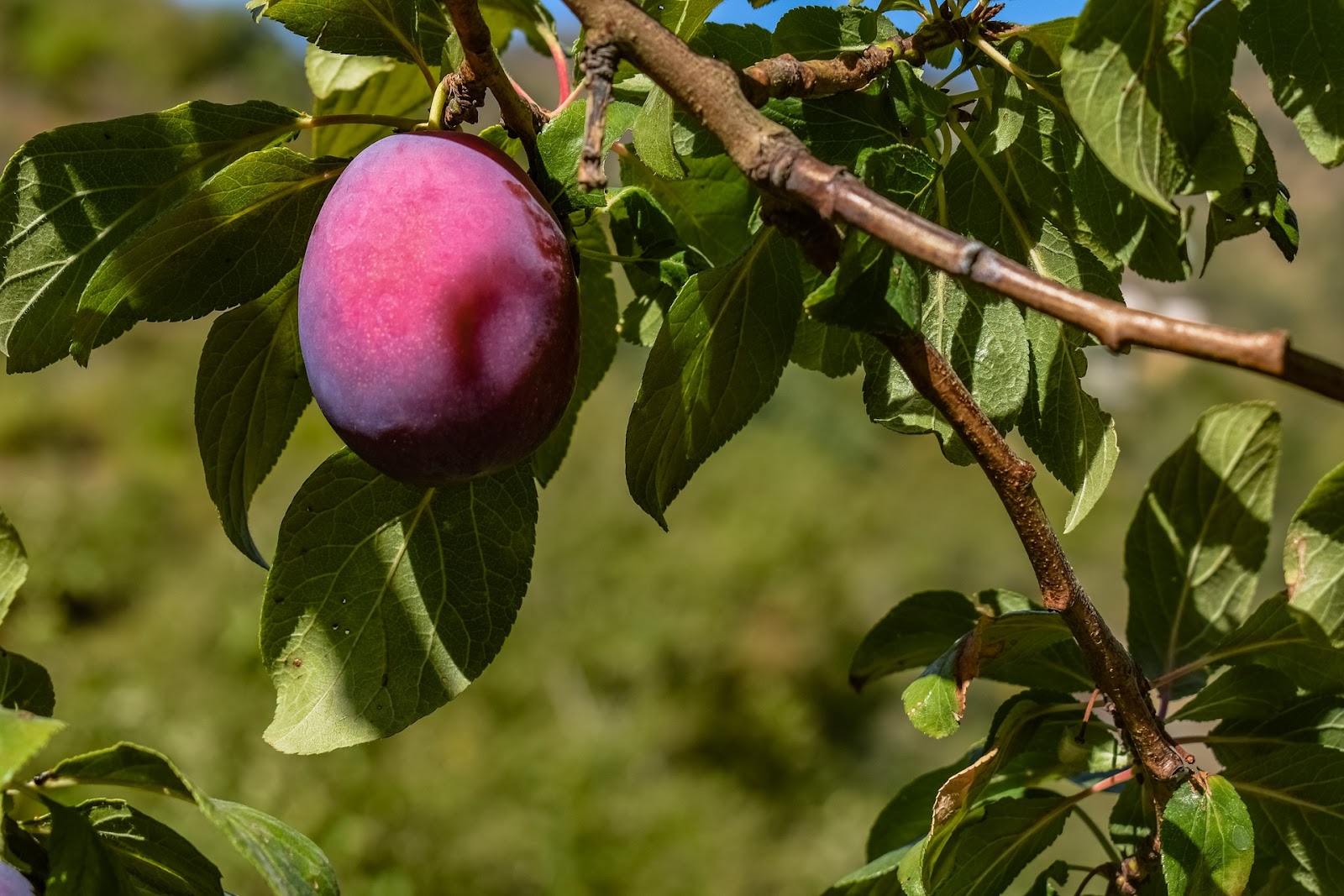
8. Damson Plums
This fleshy fruit that contains a single seed is also known as damascene is one of the varieties of plum species within european plums family. The damsons can be found in Great Britain but the insititia varieties are also cultivated across Europe regions.
The damson plum trees produce the small fruit with vibrant dark blue skin. The fruits may contain large stones with very juicy flesh. It also has a strong and sour taste that is not advisable to be eaten raw due to the tartness of the flesh.
The plum fruits of the damson varieties can be stewed and eaten any time of the day. You can make it as a dessert by whipping a cream on top of the stewed fruits.
The stewed plums are actually good for digestive health as they contain fibers. It should also boost your immune system and provide other great health benefits, such as preventing heart diseases, lowers bad cholesterol, increases your energy, lowers the risks of incurring certain types of cancers and a lot more.
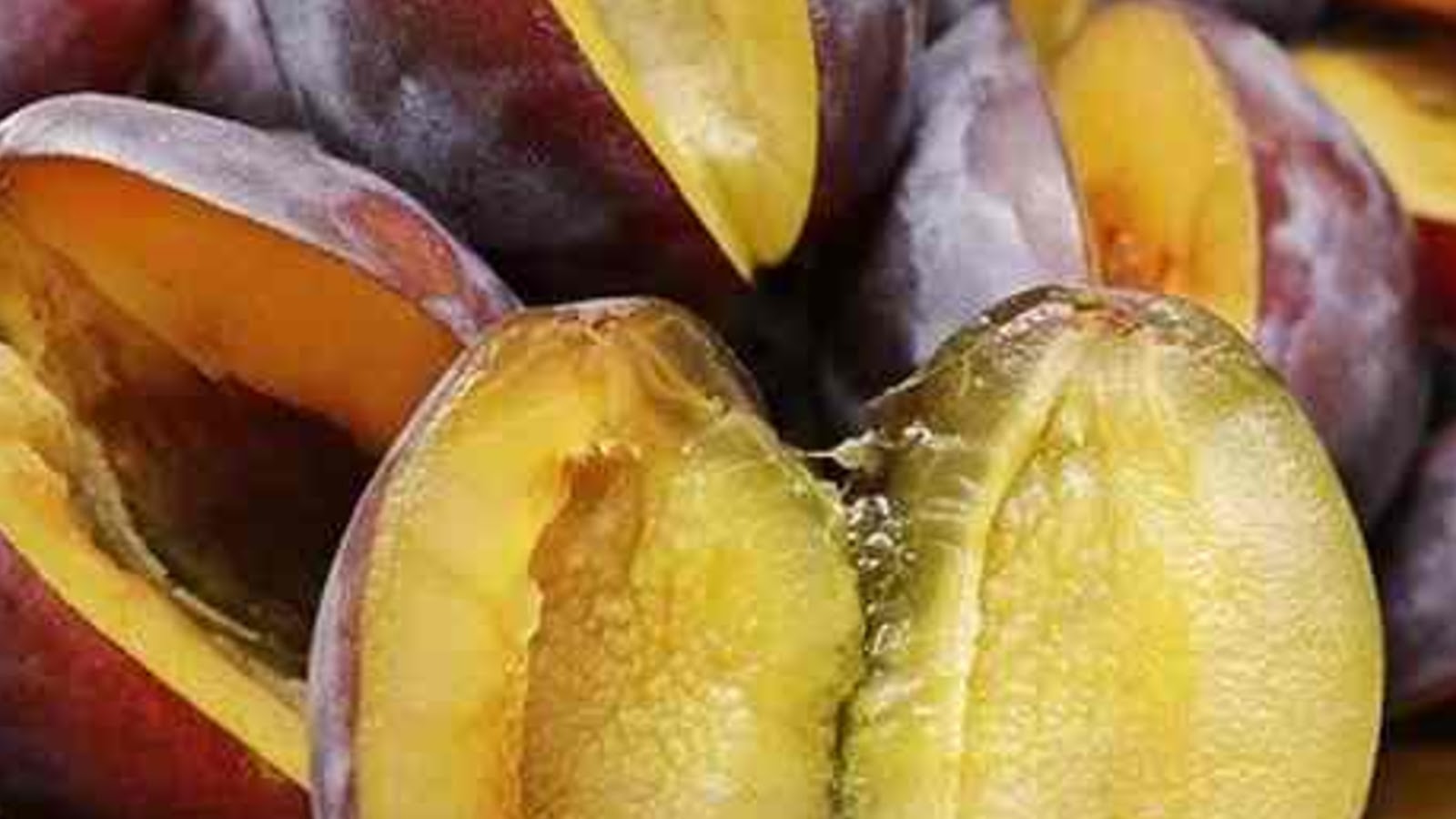
9. Moyer Plums
Moyer plums are one of the best european plums varieties. The plum tree of the moyer could bear an outstanding and abundant crop of the very large fruits. If you are looking to yield better crops of the moyer plums, these varieties of plums can be cross-pollinated with other types, such as the brooks plum.
Moyer plums are also disease resistant. The fruits are very good to be eaten raw and fresh. But they can also be turned into jams or jellies. Drying them or incorporating it with some recipes can also be considered.
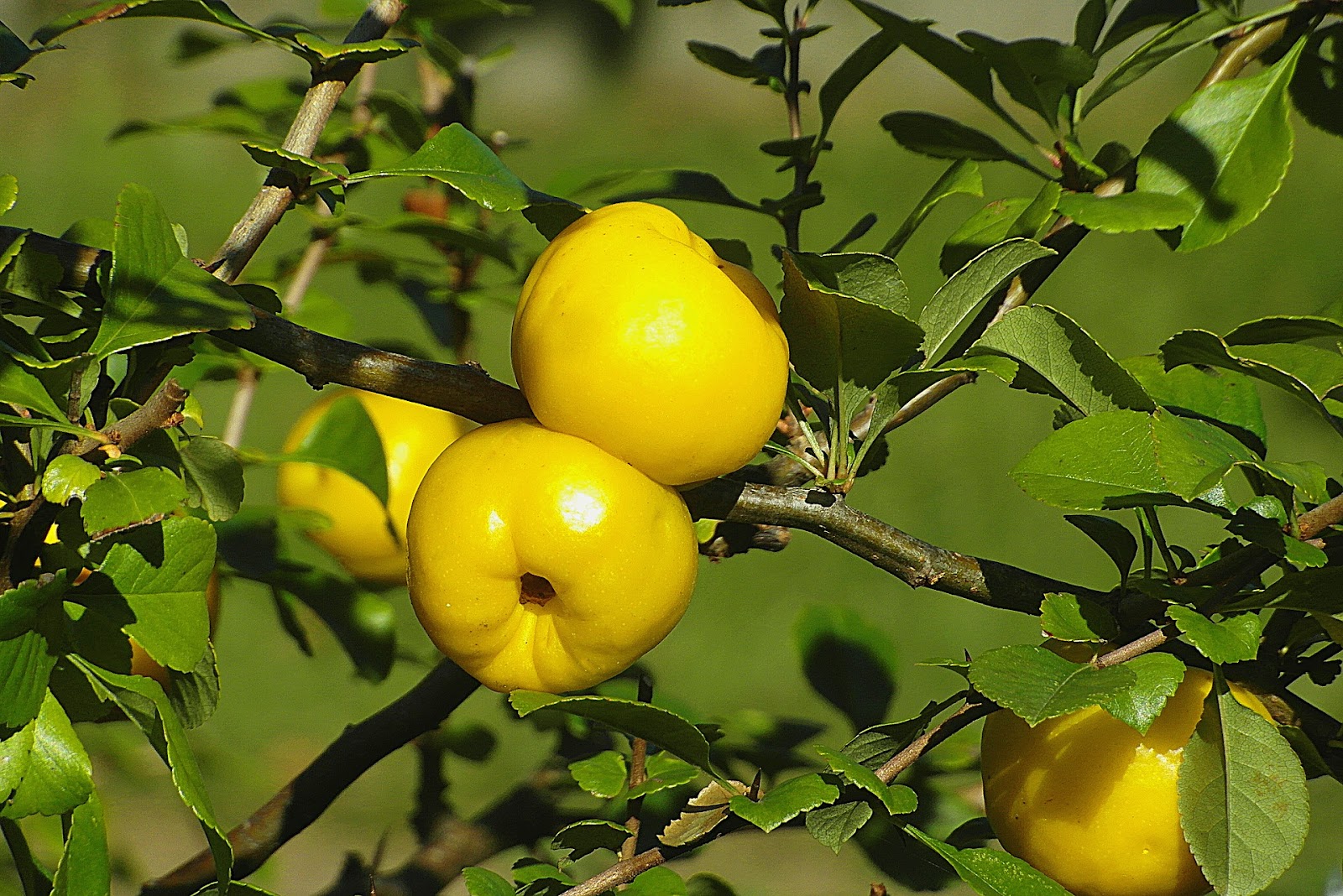
10. Lemon Plums
Lemon plums came from a small variety of plums that is native in Chile. From its name, the outer appearance of a lemon plum looks like a lemon. However, the flesh is its distinguishing feature as it tastes like a plum that is sweet, but with a hint of lemon taste. The flesh has a firm and crisp texture that softens as the fruit ripens.
You can eat the lemon plums fresh and raw by slicing it thinly and sprinkle with a little bit of salt. You can also incorporate it on your salads or make it into a tangy compote by cooking it with sugar.
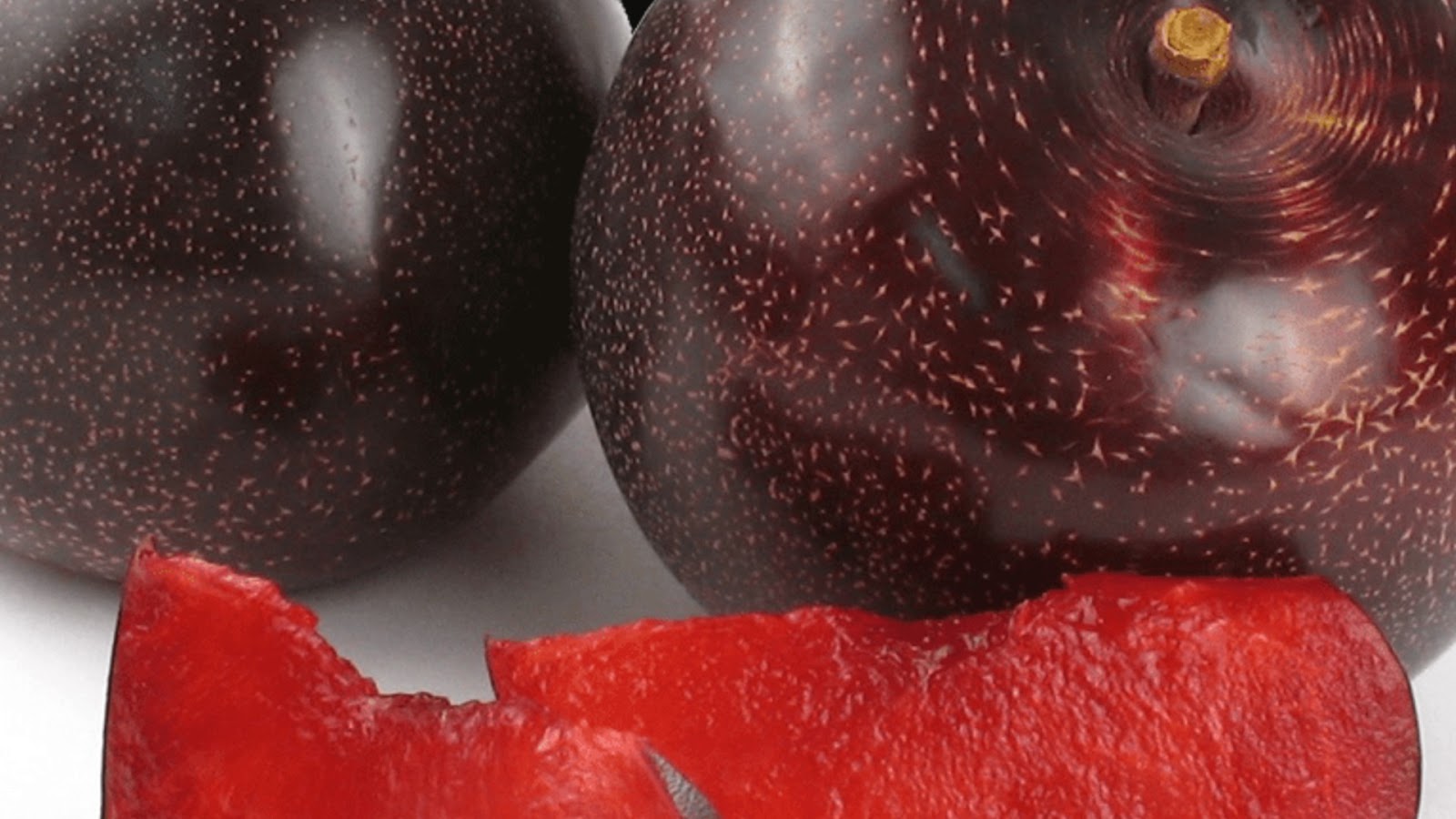
11. Plumcot
Plumcots are a kind of hybrid type of plums called interspecific plums. They can also be referred to as pluots. Plumcot often provides an intensely sweet flavor without the bitter taste that you can sometimes find with regular cultivated plums.
Being an easy-to-carry healthy snack, plumcots provide several vitamins and minerals to your body. You can eat the fruit raw, without having to peel the skin. The stones on this fruit are also small, so expect to enjoy more flesh.
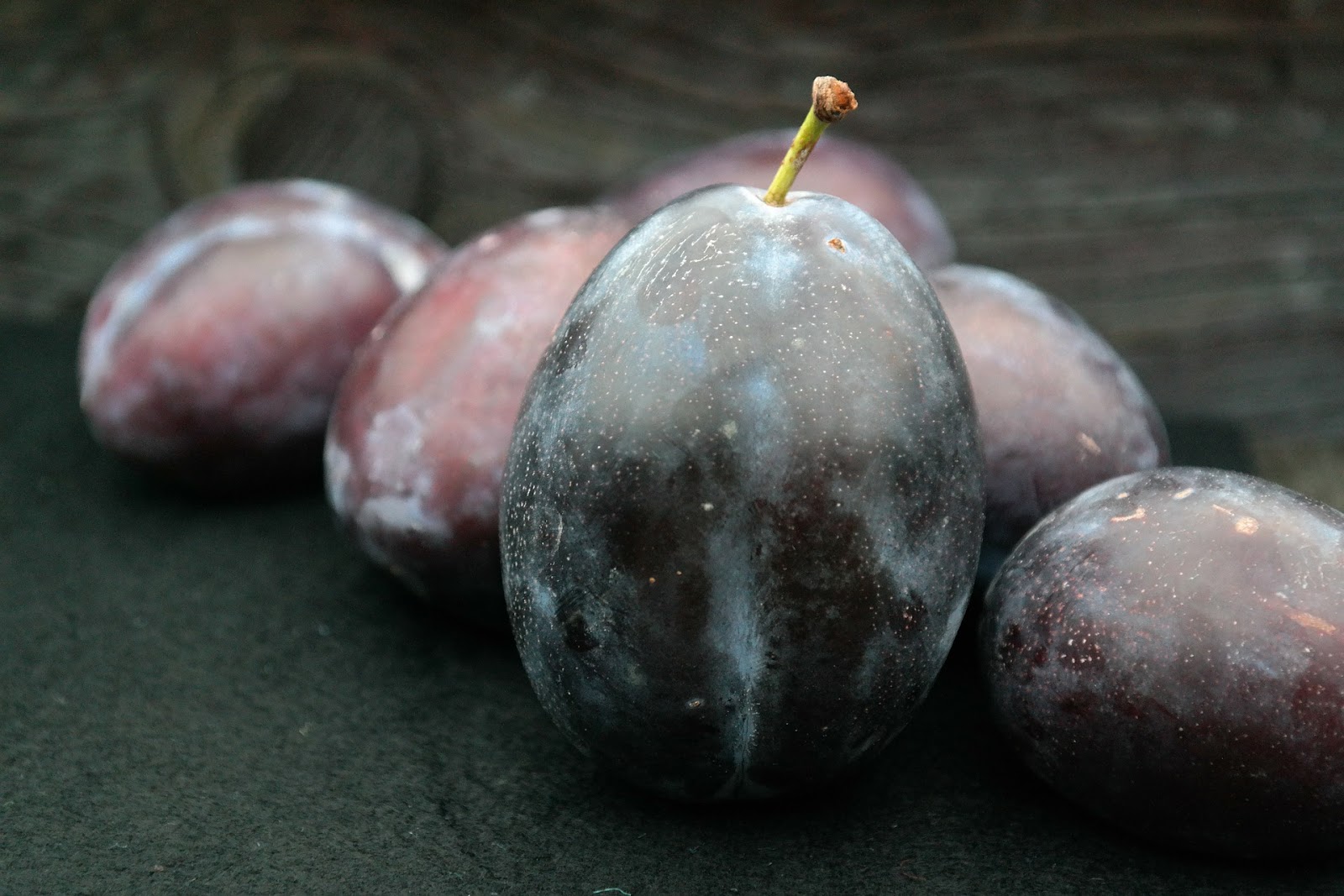
12. Black Plums
Black plums do not necessarily show black outer appearance, but rather it resembles a smooth and thin blue-black skin. The fruits of the black plums are round with dark red, purple or yellow flesh. Its flavor is sweet with a tart taste.
Aside from its decadent flavor, black plums are highly nutritious fruits. Even if it is turned into prunes, it is still a great source of vitamins, minerals, fiber and antioxidants. The nutrients found in the black plum can also help in aiding osteoporosis, cancer, heart disease and diabetes.
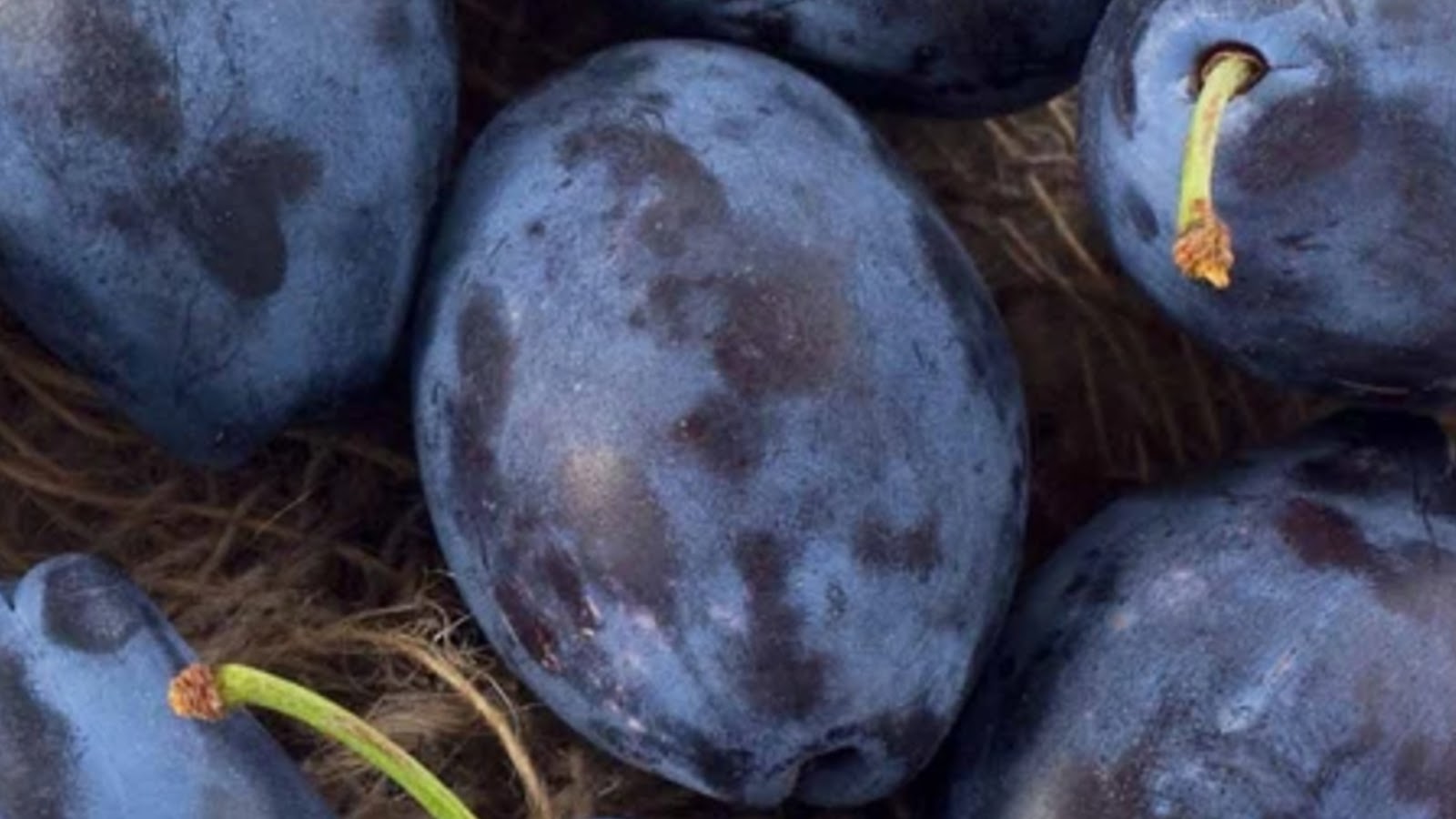
13. French Prune Plums
The French Prune Plum Tree produces the plum fruits with deep reddish black skin. The flesh is deep autumn gold in color.They are usually harvested during mid-season and these plum trees are self-fertile.
The fruits are mildly flavored which is best for canning or drying. The fruits grow from a semi-dwarf tree, which means they only grow up to 12 inches tall.

14. Blood Plum
Blood plum came from plum cultivars of japanese plum known for their dark red skin and flesh. The flesh is very tasty with a sweet flavor and firm, tough texture. The fruit itself looks bigger with plumper red cherry tones.
Just like the other types of plums, the blood plum is rich in antioxidants that can combat chronic illnesses such as heart disease. It is also good for those suffering from constipation, anxiety, and high blood pressure.
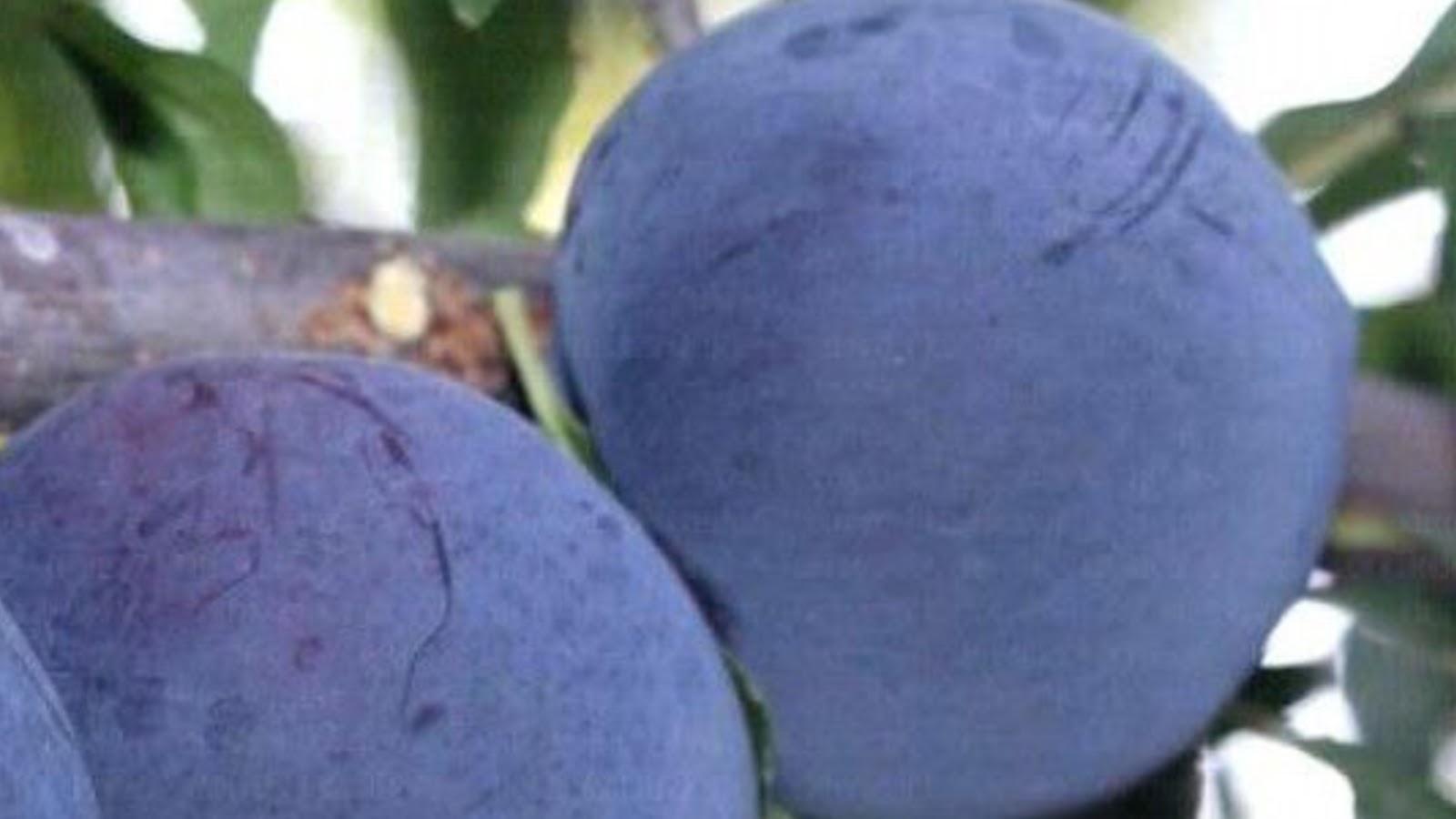
15. Black Amber Plum
Black amber is also a japanese plum variety with a large fruit that is dark and almost black in colors. Once the fruit ripens, its flesh will turn into a pale yellow flesh. It provides an exciting and juicy flesh taste.
Black amber is perfect for eating raw but you can’t go wrong if you incorporate this on your cooking or making delicious sauces. Black amber plum is also a good source of vitamin A to aid eye health issues.

